Flowers that look like gladiolus are ones that look as if they are placed together vertically on one stem like gladiolus genus corms, they often adored for their brightly colored flowers and tall stems.
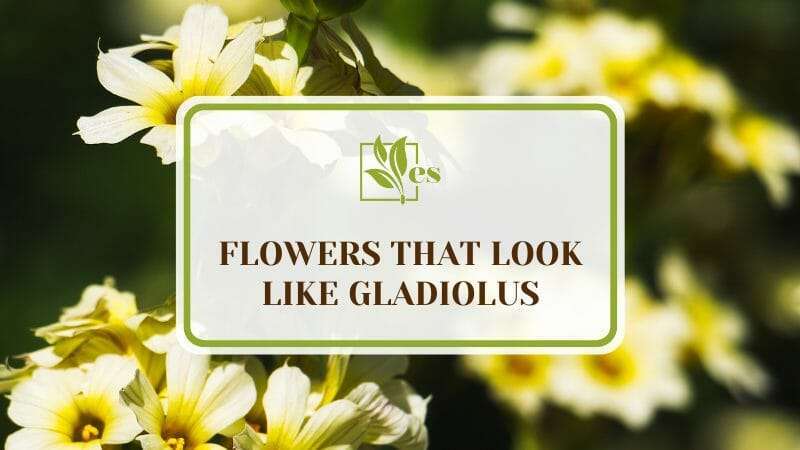
While they have unique stature and shape, numerous flowers resemble gladioli. In this article, we will feature some of these flowers and tip you on how you can take care of them to blossom well.
JUMP TO TOPIC
- List of Flowers That Look Like Gladiolus
- 1. Pale Yellow-Eyed Grass
- 2. Black Pearl
- 3. Gladiolen Illyricus
- 4. Euonymus Alatus
- 5. Star of Bethlehem
- 6. Byzantinus
- 7. Gartengladiole Apricot
- 8. Gladiolus x Hortulanus
- 9. Gladiolus Sericeovillosus
- 10. Imbricatus Flower
- 11. Hybrid Red-lime Flower
- 12. Rose Mallow
- 13. Hollyhocks
- 14. Delphiniums
- 15. Cardinal Flowers
- 16. Grandiflora Rose
- 17. Foxglove
- 18. Red Hot Poker
List of Flowers That Look Like Gladiolus
1. Pale Yellow-Eyed Grass
At first glimpse, you might think that Sisyrinchium striatum is a gladiolus flower. They look alike with their long-reaching stems and bright flowers.
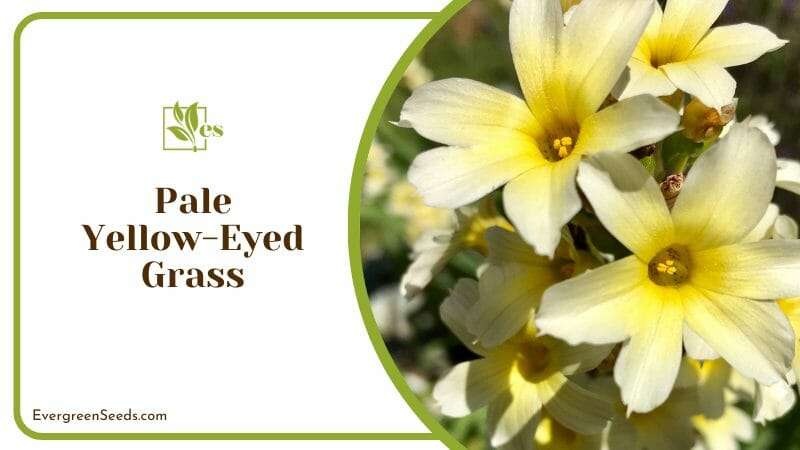
Since they are also planted in groups, you can easily conclude they are part of the gladiolus family.
– Features
Like gladiolus flowers, the pale yellow-eyed grass is a perennial plant that performs well in full sun and well-drained soil.
– Identification Variant
However, one distinguishing aspect of gladioli is that they grow to two to maximum five feet tall, whereas Sisyrinchium can reach between 23 and 31 inches.
Another way that you could even be able to identify the difference between these flowers since gladioli have varying shades of flowers, including purples, pinks, oranges, whites, reds, and more.
2. Black Pearl
The Gladiolus flower ‘black pearl’ is darker and resembles other gladiolus varieties due to its tall flower spikes.
– Features
Its stems grow up to four feet tall, making them a perfect choice for flower beds and containers.
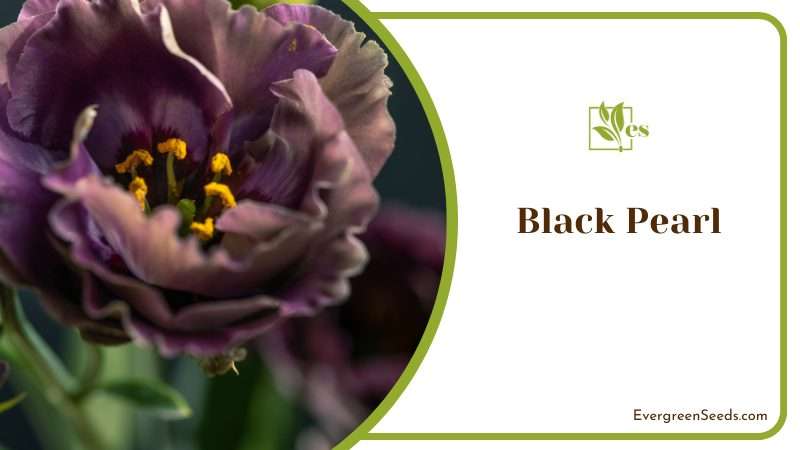
If you’re a fan of a goth garden, planting these flowers in groups is a worthy addition to your garden, because they are stunning with their burgundy and dark shades of flowers. Its dark red sword lily flowers can blend perfectly with bright-colored flowers.
3. Gladiolen Illyricus
The Gladiolen Illyricus, also known as Grecian gladiolus flowers, will brighten your garden with their wild purple color.
– Growing Time
These flowers bloom well in summer and autumn, and they will thrive, while they flower for a short period, they are quite decorative with their wild-looking nature.
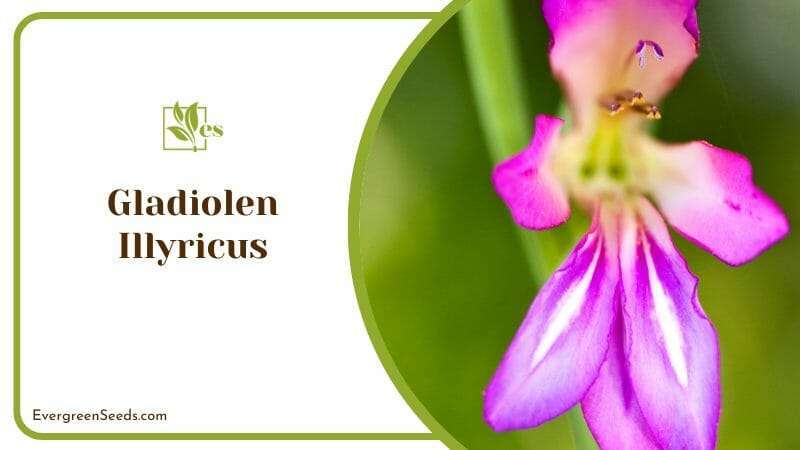
– Outdoor Option
The Illyricus requires little maintenance. For the best flowers, plant them outdoors, where they can get direct sunlight, so preferably it will be settled in a very sunny spot. They can also grow indoors, but need more light to grow properly. However, you can use it as an indoor plant if your home has an indoor patio with glass roofing.
– Soil Requirements
Proper drainage is required since Illyricus flowers can easily die when waterlogged. So, opt for flower pots with holes and use multipurpose soil mixed with perlite to be on the safe side. If you plant these flowers in your garden, make holes and use multipurpose soil mixed with perlite to help improve drainage.
4. Euonymus Alatus
The Euonymus alatus flowers originate from South Africa and have yellow and orange hooded flowers.
– Features
One striking aspect of these flowers is their blend of yellow and orange colors. This feature makes them very attractive.
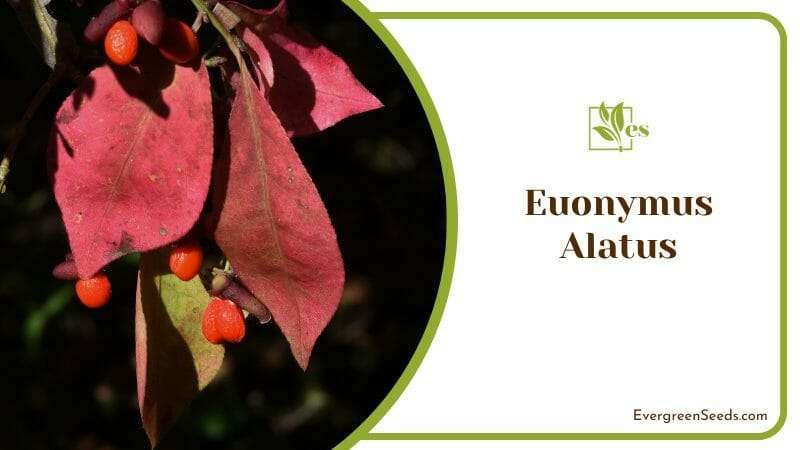
– Growing Period
The alatus flowers are winter-growing and will be dormant during summer, this is a special case that they have. So, you shouldn’t water them during this period. After that period, you can safely use tap water, but it is recommended to purify it first.
5. Star of Bethlehem
The star of Bethlehem flowers are perennials native to Europe, Israel, Turkey, and Syria.
– Features
These amazing flowers will give your garden a breathtaking look with white star-like petals with a pale-green tinge on their back. Flowers open up fully when provided with ample sunlight.
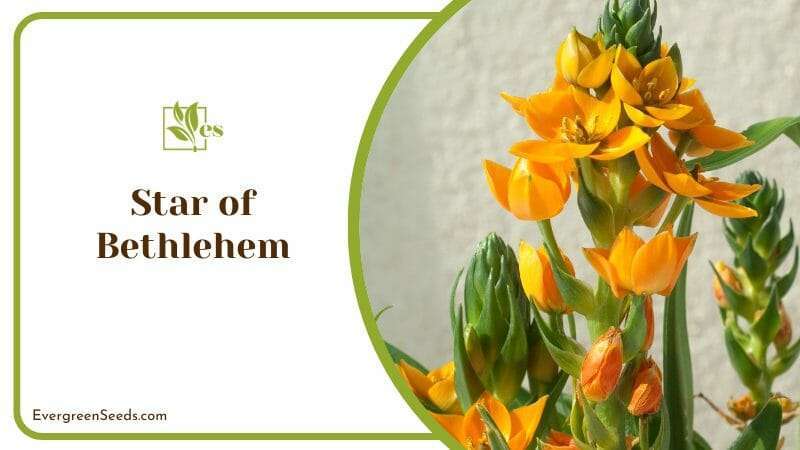
If you have deciduous trees around your home, these flowers will also decorate the surrounding.
– Care Guide
The gladiolus star of Bethlehem flowers are easygoing and performs well when grown indoors or outdoors. Their tall stems make them a great pick for plant borders. The best time to plant the star of Bethlehem flowers is in autumn to early winter.
6. Byzantinus
Nothing beats the aura created by delightful flowers with a nice scent. The gladiolus byzantinus flower, also known as gladiolus communis, is the perfect plant to bridge the gap between the first summer perennials and the spring bulbs.
– Blooming Specifics
This flower blossoms in later spring. It bears funnel-looking flowers with an intense magenta-pink color.
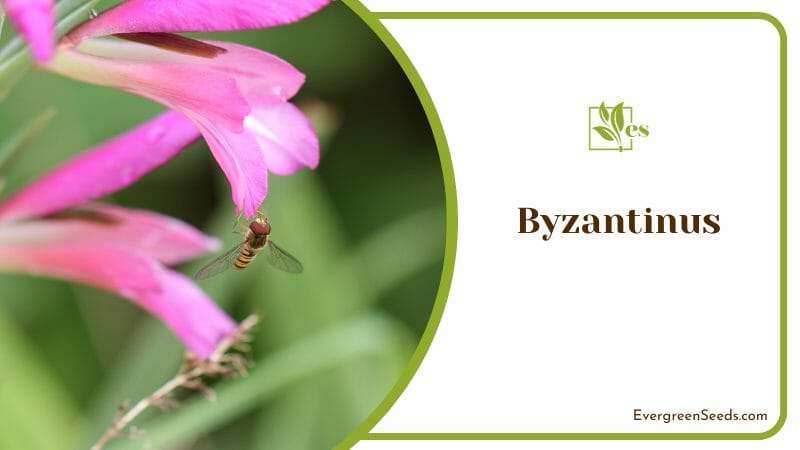
– Features
The byzantinus blends nicely when planted next to plants with silver leaves, such as the artemisia ludoviciana ‘valerie finnis.’ You’re free to decorate your garden with colorful flowers, which means this gladiolus can work well with bright-colored flowers.
– Cautiousness
While the gladiolus byzantinus might not be toxic to humans, its roots are toxic to horses, dogs, and cats. If a human or an animal ingests it accidentally, they must seek medical help because it would intoxicate the body in a quick manner, this is why you must be cautious when you plant it.
7. Gartengladiole Apricot
Like the gladiolus alatus flowers, the gartengladiole apricot has flowers that blend orange and yellow shades beautifully.
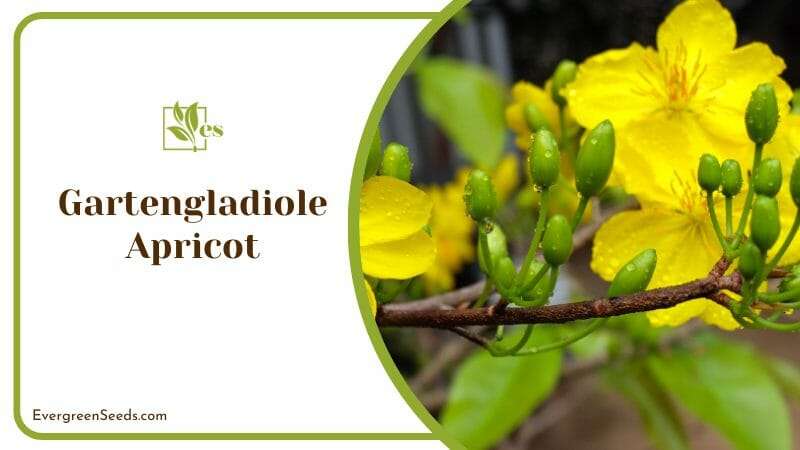
– Features
The gladiolus gartengladiole apricot also features erect flowering stems, which makes them ideal for cut flowers. Plant them in groups, and your garden will appeal to many. Its bright-colored flowers will light up your garden during the summer months.
8. Gladiolus x Hortulanus
Gladiolus x hortulanus flowers have spectacular light pink shades.
– Features
They can easily be identified by their yellow throat, whitish-pink petals, and pink marking on the lower petals.
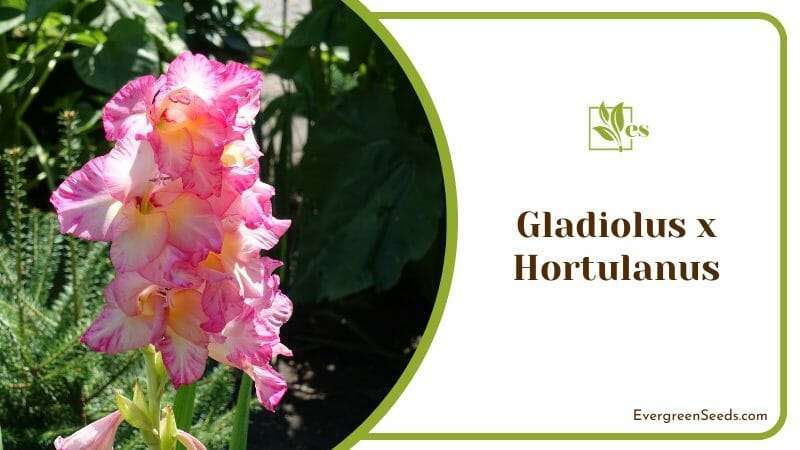
The charming colors of these flowers have made them a perfect selection as romantic cut flowers.
– Gift Ideas
Thinking of gifting a loved one flowers to lift their moods? The gladiolus x hortulanus can serve the purpose. Remember to blend them with other bright-colored flowers with yellow, red, and orange shades.
9. Gladiolus Sericeovillosus
The gladiolus sericeovillosus flowers during summer and they will thrive with their gorgeous arranged flowers that are placed vertically to one another.
– Features
It’s easily identifiable with its pale cream-spotted flowers. There are two species of this flower, including the sericeovillosus subsp. calvatus and the sericeovillosus subsp. sericeovillosus.
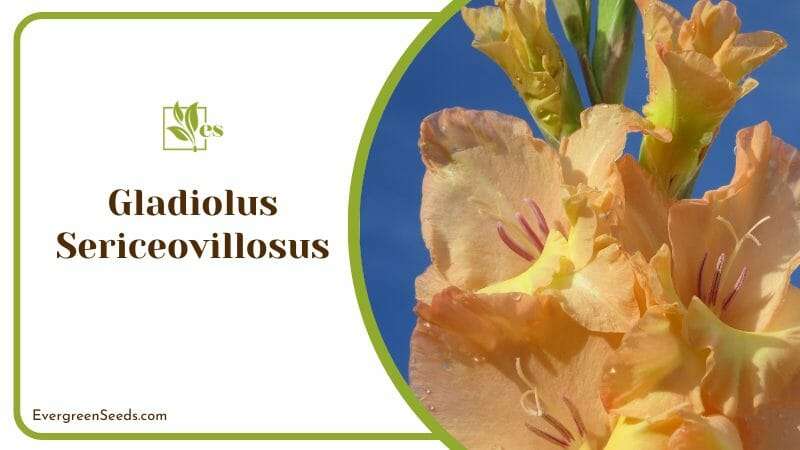
The former has leaves bigger than the flower spike, whereas the latter has fine hair and shorter leaves.
In some species, the flowers don’t have dotted spots. These summer flowers do well in containers.
10. Imbricatus Flower
The imbricatus flower is another pant with flowers that look like gladiolus.
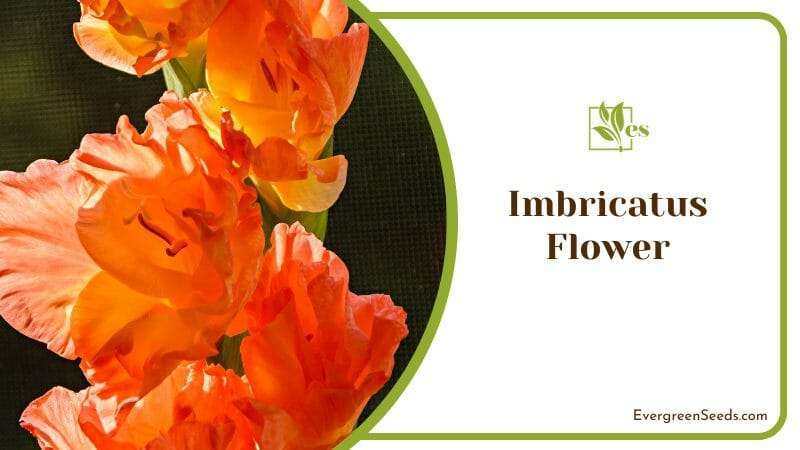
It’s characterized by trumpet-shaped magenta or deep pink flowers.
– Features
One attractive aspect of these flowers is their white stripes and the ruffled margins on the lower petals. Gladiolus imbricatus grows in the wild, and you might have noticed it with its distinctive violet-pink flowers. Their stems can grow to about 1.3 to four feet tall.
11. Hybrid Red-lime Flower
This is another beautiful flower that looks like gladiolus, because of the way that the flower is attached to it and the long stem that is has.
– Features
The hybrid red-lime flowers have deep radiant orange and yellowish-green flowers. Its round petals are orange, while the inner sections are yellowish-green.
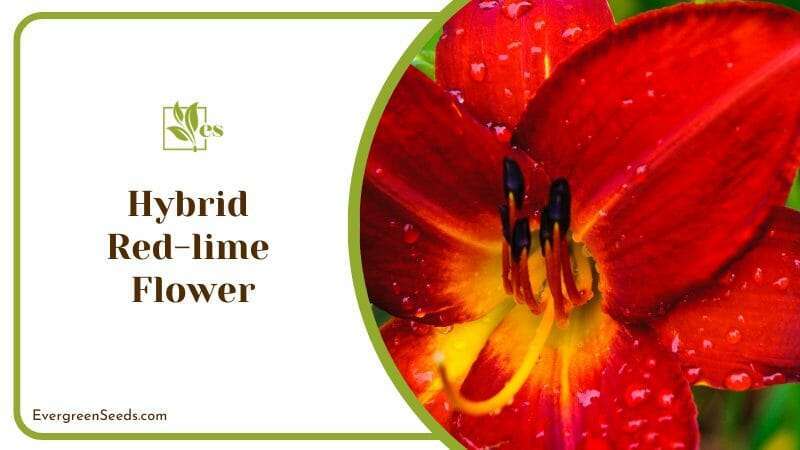
The blend of bright colors makes these flowers alluring.
– Care Requirements
In order to see this flower thrive, you must place it in a location where it will receive full sun. On the other hand, you must be very keen on providing the right soil, which is an average fertile soil where the acidity is 5.5 to 7.5 as per its pH.
Note that the soil must be kept moist, so that it stays thriving, however you must not keep it soggy with water, or else it will be harmful to the flowers to grow, because this way the colors will fade out.
12. Rose Mallow
Rose Mallow, also known as the hibiscus flower, looks like gladiolus with its gorgeous stem and the blooming flowers.
– Characteristics
It’s also a perennial flower that grows up to 15 feet tall. Due to their tall stems, these flowers can create a stunning flowering hedge. The hibiscus flower has big flowers which are about six inches wide.
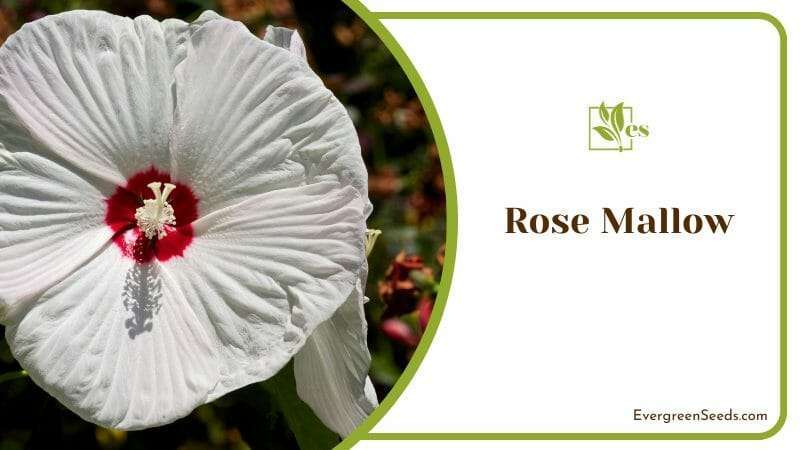
– Features
Its flowers can be found in different shades of pink, white, purple, red, and white. Rose mallow works well in full sun and in humid, tropical areas.
– Soil Requirements
In order to see these flowers grow to their full potential you must not forget to keep them in a soil that is very well draining, and no water will be left on top of the soil because if it does, then the roots will develop some fungi that will damage the plant throughout as no nutrients will pass.
In addition, don’t forget to mulch the plant during winter, because this way you will be protecting it from harming the roots.
13. Hollyhocks
Hollyhocks are also known as the Alcea Rosea, these beautiful flower are known for their rich color.
– Features
The blooms come in various colors, including red, purple, yellow, blue, pink, or purple. They grow best during mid-summer and should be placed in full sun. Hollyhocks may flower under partial shade, but the flowers won’t be as bright throughout the blooming season.
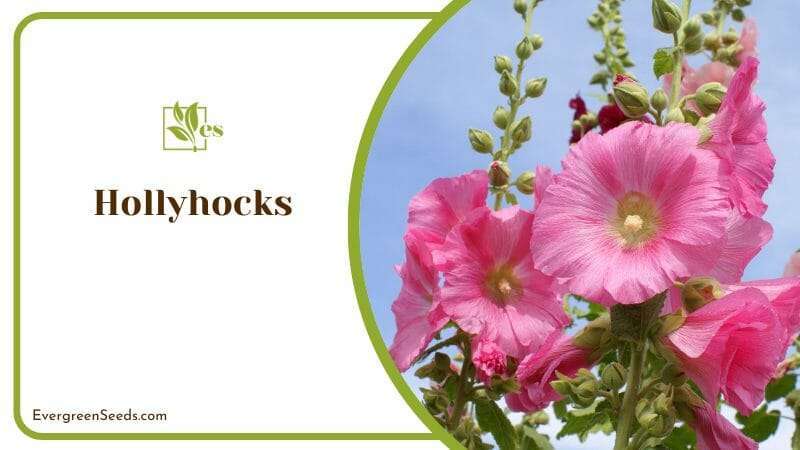
– Specification
The only issue with hollyhocks is that you can only enjoy them for about two to three years. But they easily re-seed, giving you new plants every time they die out.
– Planting Decorative Ideas
One of the key features that the Hollyhocks have is their strong, sturdy stems and will stay upright without support. This means they are perfect for border plants if you wish to plant them along your fence, whether it is indoors or outdoors. Grow them on the wall or fence to create a welcoming environment around your home.
14. Delphiniums
Delphinium flowers are just as necky as gladiolus flowers, and they bloom goregous flowers all around, and this is why most people love it, because if the vibrancy that they promote.
– Blooming Specifications
Delphiniums create a somewhat dramatic appeal in your garden or landscape when planted in the right environment. Between June and July, these flowers can grow to over 6.5 feet tall.
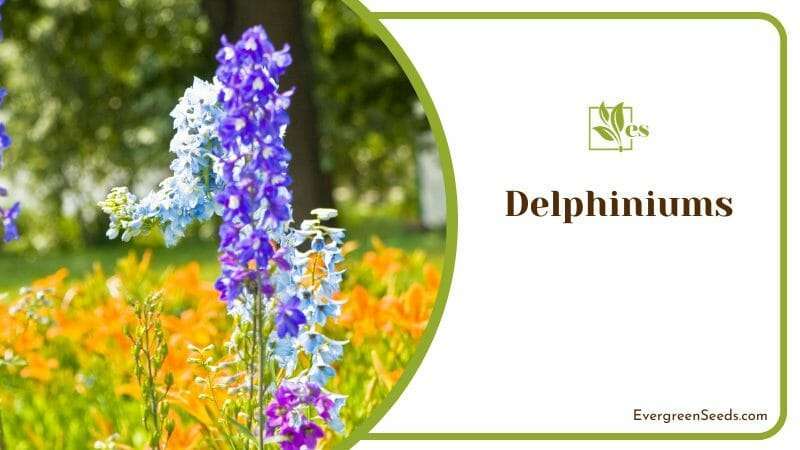
– Features
Most people will easily recognize these plants for their unique sapphire blue flowers. However, they come in other colors, such as white, pink, mauve, or red, and as they grow, with the right conditions, they will thrive and create a dramatic feature in your garden.
– Decorative Option
Besides being colorful, delphiniums will bring height to your garden design. They blend nicely with peonies, roses, and other vertical flowers like verbascums and lupins.
– Benefits
In addition, they also have a very keen benefit to their growth and bloom, they attract pollinators like bees, and even butterflies, which can help your garden to flower sooner, and you will see these pollinators buzzing around your garden, and they will help your garden grow as they trade pollen.
15. Cardinal Flowers
The cardinal flower (Lobelia cardinalis) originates in North, South, and Central America.
– Blooming Season
These flowers have bright-red flowers that bloom from July to September, because they will be growing and slowly developing in spring, in April and may and then in July you will see the flowers coming in.
– Benefits
A key beneficial aspect that these flower have is that they do not only invite in pollinators, but also hummingbirds are easily drawn to these flowers, and if you plant them, you will see these beautiful birds flying around in your garden.
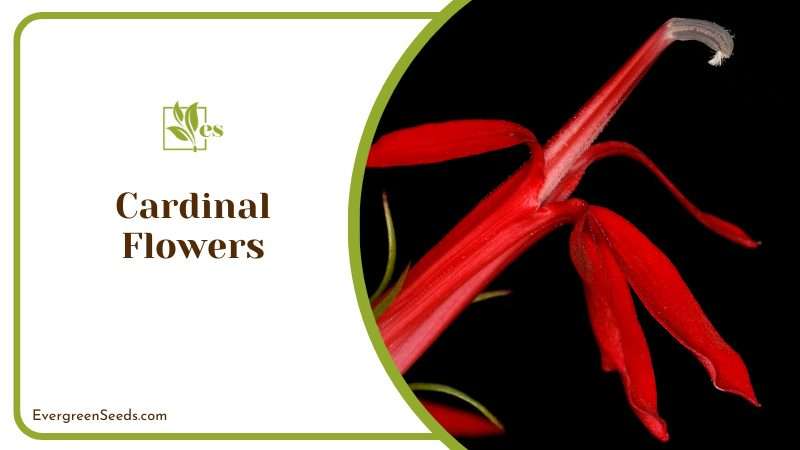
– Light Requirements
These flowers do well in locations with partial sun and shade. Therefore, they only need to be exposed to half-day sun in the morning. In colder environments, cardinal flowers will require full sun.
– Soil Requirements
In terms of soil, cardinal flowers perform well when planted in soils with rich and moist-to-wet soil. It might struggle in dry, barren soils. To ensure it grows well, retain the soil moisture by adding mulch around the flowers. Add compost might also help to enhance soil moisture levels.
16. Grandiflora Rose
Grandiflora rose flowers belong to the family of grandiflora hybrids since they are a cross between floribunda and tea roses.
– Features
Like any other gladiolus flower, they have tall stems and create a charming feel when planted in groups.
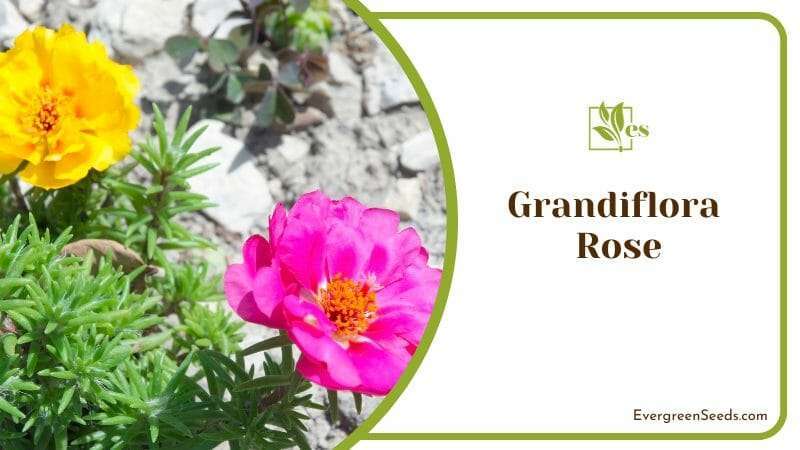
These flowers bloom in clusters of five to seven florets on three to five feet tall, sturdy stems.
– Care Requirements
Care of the grandifloras is similar to other rose types. When used as cut flowers, they maintain their freshness for long. They are also excellent border plants, because they will grow tall and make the house feel like it is surrounded with guarding flowers.
17. Foxglove
Foxglove flowers are a part of the “Digitalis” genus, and this is known as Digitalis Purpurea, as most of which are biennials.
– Growth Requirements
Despite their short-lived nature, these flowers are quite lovely and vibrant. It doesn’t flower during the first year of growth.
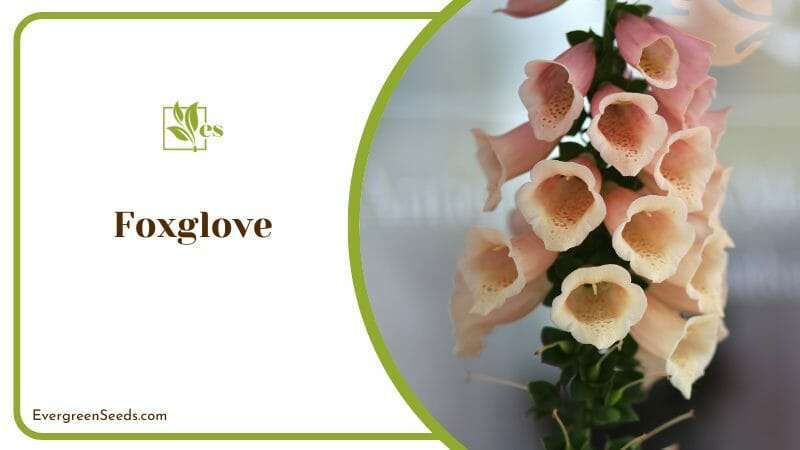
However, it will flower in the second year. You should note that at the beginning of spring, it starts flowering spiked florets from the center of the plant. When the weather gets warmer, the flowers open up, creating tubular-shaped flowers.
– Features
Foxglove flowers can be yellow, pink, red, white, or purple. With proper care, these flowers self-seed. So, to continue enjoying these flowers throughout the year, you should provide them with a suitable environment to grow.
18. Red Hot Poker
We might argue that the red hot pocker plants also look like gladiolus because of their long stems and colorful flowers. In addition, you must know that these perennials are native to South Africa, and sometimes it is also known as the Kniphofia Uvaria.
– Features
An interesting aspect of these flowers is their showstopping flower spikes in orange, yellow, red, and other colors. The red hot poker flowers are famously known as torch lilies, but they shouldn’t be mistaken to belong to the Liliaceae family.
– Characteristics
There are over 60 species of Kniphofia flowers. However, a good number of them are available in hybrids. When grown in the right environment, the red hot pokers can be aggressive, and in some cases, are considered invasive.
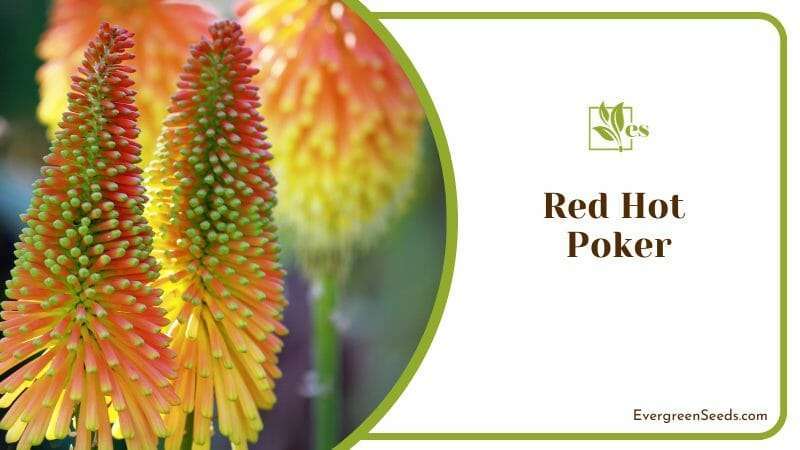
– Benefits
One of the benefits that this plant has is that it will always attract different pollinators to come to your garden such as butterflies, bees, and hummingbirds.
The beneficial part is that when these pollinators come into your garden, they will bring with them their potential to grow your garden as they trade the pollen that’s on your flower and the coming of spring will be sooner because of their help.
– Growth Needs
The best way to care for these flowers is by deadheading them. Doing this encourages lush flowering.












